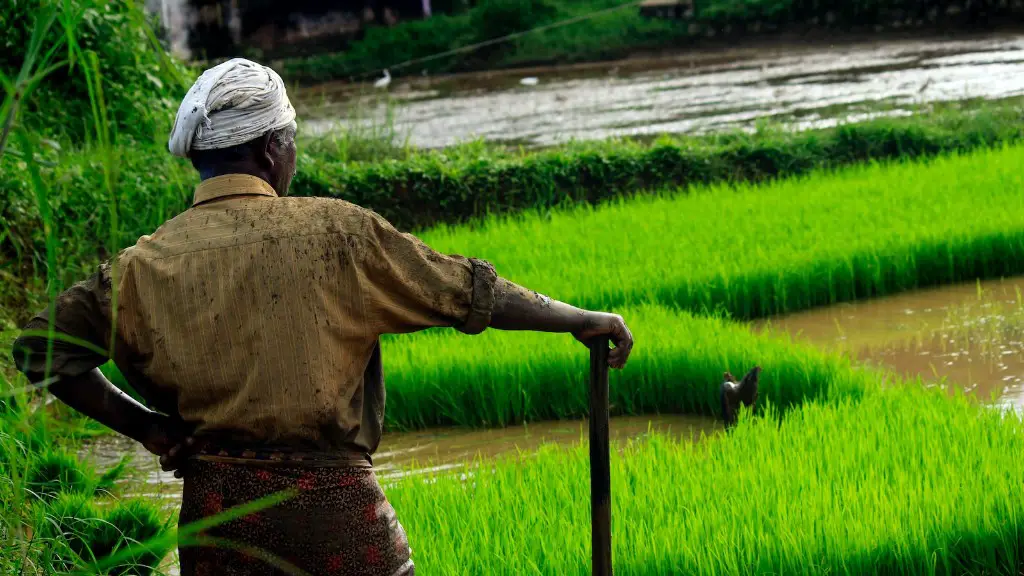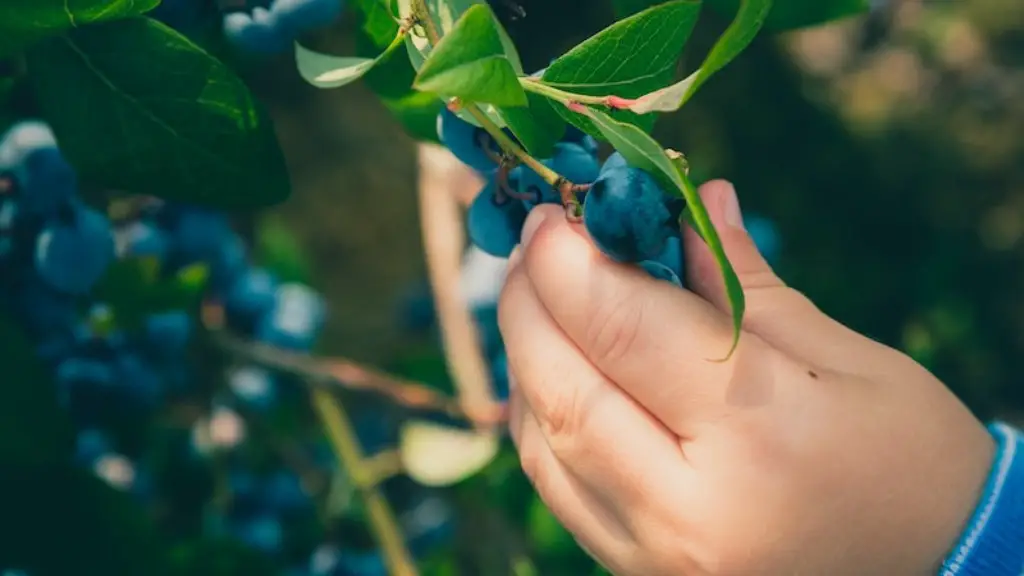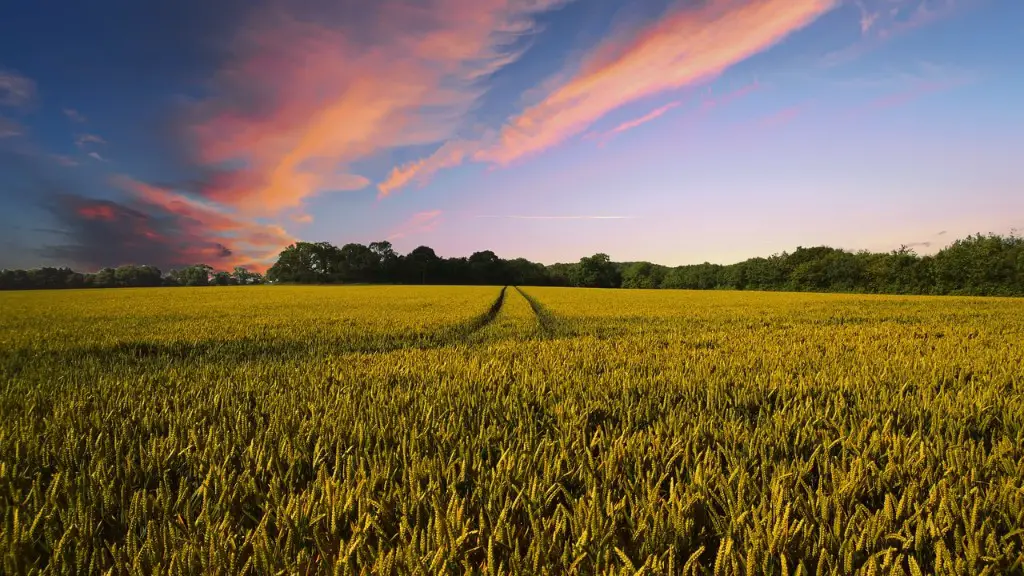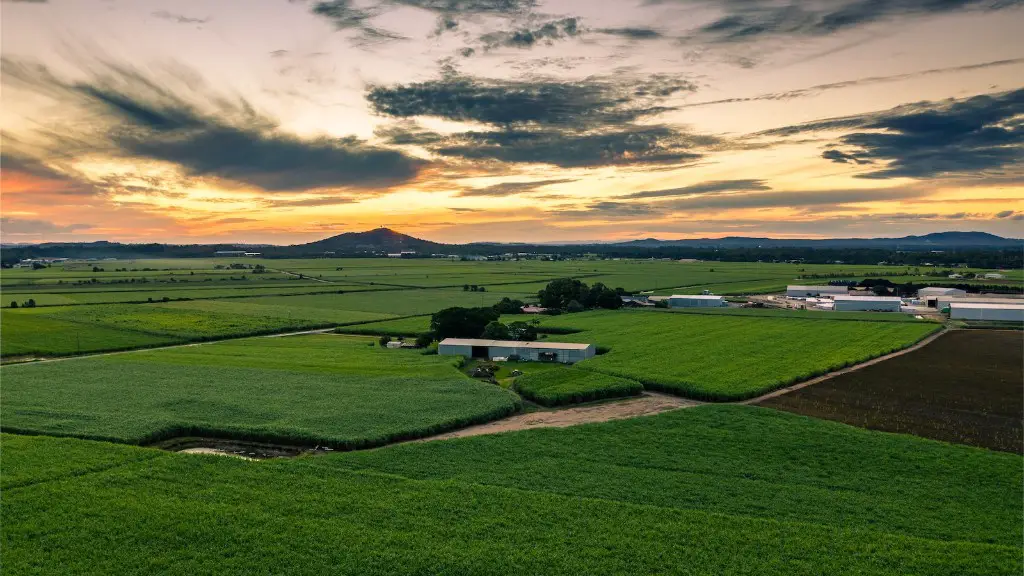Mesoamerican civilizations developed agriculture to sustain and expand their population. The ancestors of the Mesoamericans harvested wild plants and hunted game long before domesticating plants and animals. Over centuries, they gave rise to a complex agricultural system and developed techniques in cultivating, harvesting, and storage through a process of trial and error. As the surrounding environment changed, the practice of agriculture changed too. This enabled them to develop massive farming networks to feed a growing population.
Agriculture provided the foundation for many of the social and political structures of Mesoamerican societies. By producing larger amounts of food, it allowed for interdependency and a division of labour. This in turn allowed for the emergence of complex social stratification and a class system. The largest and most powerful cities, such as Teotihuacan and Tenochtitlan, benefited immensely from the agricultural revolution. Agricultural technology provided the cities with food and other goods like cloth, pottery, and building materials.
Mesoamerican agricultural technology was driven by the environment. Due to their Mesoamerican republics unpredictable climate, they had to develop crop rotation and use different types of soil and manure to keep their soils fertile. They also used terracing to conserve the soil, as well as utilizing the natural landscape. In some areas, they built large dams and levees to control the flooding and store water for irrigation. In other areas, they used chinampas, or “floating gardens”, to maximise their yield and use every bit of land possible.
Agriculture was at the heart of the Mesoamerican economy. They used it to trade with their neighbours, both for food and other goods, and to fuel their wars. It supplemented the wealth of the powerful city states and allowed for increased population density. As the agricultural system improved, it allowed for the rise of the first Mesoamerican cities. Agriculture also served as a way of expressing the Mesoamericans’ religious ideas; the ceremonies that marked the different parts of the agricultural cycle were deeply intertwined with their beliefs.
Different Ceremonies
Mesoamericans used different kinds of ceremonies to mark different parts of the agricultural cycle, such as the planting, growing, and harvesting of different crops. These ceremonies played a key role in the social life of Mesoamerican civilizations, as they were believed to imbue the crops with strength and ensure their success. The most important of these ceremonies was the one that marked the beginning of the planting season. This celebration included offerings of food and prayer, as well as dances, music, and other festivities.
Different civilizations also had their own ways of celebrating the harvest. This could range from a feast to a ritualistic event where the participants offered up prayers and sacrifices to the gods. In some cases, the gods would be presented with a fraction of the harvest, such as the first fruit or grain. In other cases, the gods would be presented with the entire harvest or a symbolic portion. Finally, some civilizations also practiced the ritual burning of the crop, as a way of returning it to the earth.
These ceremonies all had different meanings and could differ among different civilizations, but all of them had the same purpose. That is, to show gratitude to the gods for their bounty and give thanks to the ancestors for teaching them how to cultivate the land and use it to sustain themselves. The ceremonies were also seen as an important part of the religious life of the Mesoamericans.
Dietary Changes
The introduction of agriculture to the Mesoamerican region also coincided with a shift in their dietary habits. The domestication of plants and animals allowed for a wider variety of food to be available. This led to a decrease in consumption of wild plants and game, which were once the main sources of food for the Mesoamericans. In addition, it created a demand for new food sources, such as maize, beans, squash, and other crops. This allowed for the Mesoamericans to develop a diet that was much different from the one their ancestors had.
The dietary changes also had an effect on the way Mesoamericans traded and interacted with their neighbours. They began to trade for new food sources, such as maize, beans, and squash, as well as luxury items, like cloth and pottery. This allowed for a greater range of goods to be available and increased the need for specialized craftsmen and farmers. As a result, the production of food and goods increased, leading to the emergence of more prosperous city states and dynasties that could control larger areas of land.
The dietary changes also had an effect on the way Mesoamericans viewed the environment. As they began to modify the land to suit agricultural needs, they viewed it more as something to be used and manipulated. This in turn led the way to more complex irrigation systems, dams, and other projects. It also led to the emergence of cities and monumental architecture, as well as writing and calendars, which allowed the Mesoamericans to better manage their environment and increase the productivity of their crops.
Religious Impact
The prevalence of agricultural in Mesoamerican civilizations had a great religious impact. A large number of major gods and goddesses in Mesoamerican mythology were related to the cultivation and harvesting of crops, such as Xilonen, Chicomecoatl, and Xochiquetzal. Many of the religious ceremonies that the Mesoamericans held were related to agriculture in some way, such as fertility rituals, rain ceremonies, planting rituals, sowing rituals, and harvest festivals. It was believed that these ceremonies would bring good luck, reverence, and stability to their communities.
In addition to the rituals and ceremonies, the Mesoamericans also had a complex mythology surrounding the cultivation of crops. The deities of maize, for example, were believed to be the guardians of this crucial crop and were associated with fertility, life, and sustenance. Other agricultural deities held sway over beans, squash, and other crops. There was also a special reverence for the land and the animals that inhabited it, as they believed that they were all connected and part of the same cycle of life.
The development of agriculture in the Mesoamerican region was a huge milestone in the history of the region. It allowed for the emergence of more complex social, political, and religious structures, as well as being instrumental in the development of cities and monumental architecture. It also had a great impact on the way the Mesoamericans viewed the world, their diets, and the way in which they interacted with their neighbours. Without agriculture, the Mesoamerican region would look quite different today.
Techniques Developed
Over centuries, the Mesoamericans developed a range of techniques in cultivating, harvesting, and storing grains, fruits, and vegetables. Their knowledge in these areas was acquired through trial and error and was passed down over generations. Techniques such as crop rotation, the use of different kinds of soil and manures, terracing, and chinampas (or ‘floating gardens’) were all developed by the Mesoamericans as a means of better managing their environment and ensuring a more productive agricultural system.
The Mesoamericans also developed a system of irrigation and water control. They built large dams and levees that could control the flooding of rivers and store water for irrigation. They also developed a system of aqueducts, canals, and reservoirs that allowed for water to be diverted, stored, and pumped over large areas.
The Mesoamericans were also skilled in the preservation of food. Through techniques such as smoking, drying, soaking, salting and grinding they were able to store food for long periods of time, allowing them to use them during the off-season. They also developed a range of techniques in the preparation and preservation of food, such as roasting, boiling, and fermenting. All of these techniques allowed the Mesoamericans to have access to food no matter the time of year.
In addition to the techniques developed, the Mesoamericans also developed a range of tools to assist in their agricultural endeavors. These ranged from large tools such as the metate (a large corn grinding stone) and the molcajete (a mortar and pestle), to smaller tools such as hoes, axes, and shovels. All of these tools were essential for providing food for the population.
The development of techniques and tools allowed the Mesoamericans to successfully produce large amounts of food and maintain a large population. It also allowed them to trade with their neighbours and fuel their wars. The agricultural system allowed the Mesoamericans to develop a complex social structure and rise to become one of the most advanced civilizations in their region.



